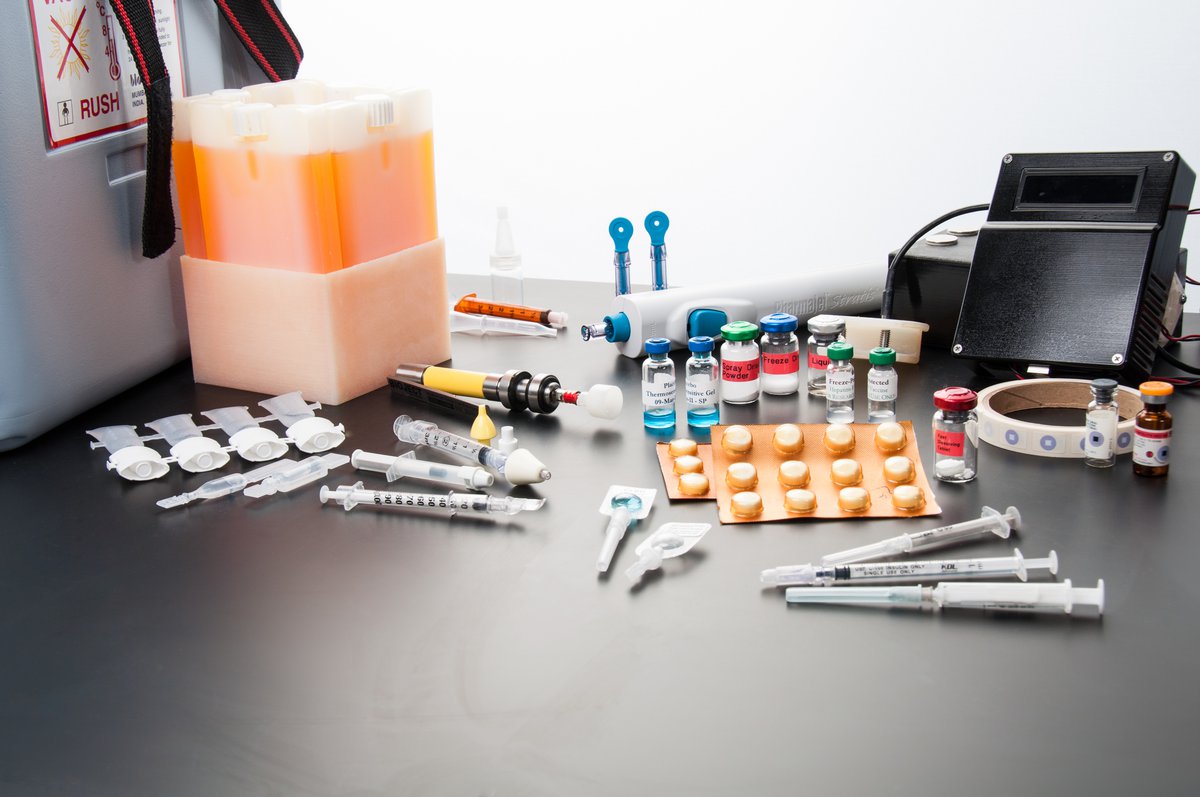
Vaccine Cost Calculators: Resources to inform immunization decision-making
Vaccines are one of the best buys in global health. However, different vaccines and vaccination strategies can result in very different costs to a country. When health officials decide which vaccine product to use in their national immunization program, they must consider a variety of cost factors.
PATH’s Vaccine Cost Calculators provide an easy way to compare the costs of certain vaccination programs with each vaccine product available in the global market. These Excel-based tools are available in multiple languages, and we have two different sets of calculators: one for middle-income countries and another for countries eligible for co-funding from Gavi, the Vaccine Alliance. Both sets of calculators allow country-level policymakers to input local data and then compare estimated vaccination program costs for different vaccine products and presentations, exploring multiple vaccine options at once.
For middle-income countries, we currently offer calculators for pneumococcal conjugate vaccines and rotavirus vaccines. Both calculators enable users to compare the estimated cold chain volume and financial costs of different vaccination programs annually and for a total period of five years. Users also can add domestically produced vaccine options that are not available in the global market, as well as compare costs for up to three different scenarios of multi-vaccine use for countries that plan to use more than one product at the same time. In addition, we have a six-minute tutorial video that explains how to use the calculators for middle-income countries. The video is in English, with French and Spanish subtitled versions also available.
For Gavi-eligible countries, we currently offer calculators for pneumococcal conjugate vaccines, rotavirus vaccines, and human papillomavirus vaccines. The pneumococcal and rotavirus vaccine calculators allow users to compare the estimated cold chain volume and financial costs of different vaccination programs annually and for a total period of five years. The human papillomavirus vaccine calculator provides comparisons of vaccination program costs annually and for a period of 10 years. All cost estimates are provided separately for the country perspective and the combined country and Gavi perspective.
It is important to note when choosing a vaccine, however, that cost is only one consideration. Users involved in decision-making around new vaccine introduction or product selection/switches should always consider other dimensions (e.g., supply limitations, timing, public acceptance) as well. The cost calculators are meant to provide insights into the potential costs of alternative product choices and should not replace detailed, comprehensive budget planning once a product has been selected.
Who are these tools for?
Decision-makers: People who will decide which vaccines are utilized in a national immunization program. Examples: Representatives of funding or regulatory bodies, officials from ministries of health or finance, technical immunization advisory groups (e.g., NITAG, RITAG), parliamentarians, regional health leaders, district health committee members, among others.
Implementers: People who will organize action plans and resources for vaccine introduction and put them into practice. Examples: Ministry of health or finance staff, immunization program (EPI) staff, health economists, healthcare logistics experts, among others.
Technical assistance partners: Anyone aiming to maximize the sustainability of national immunization programs by examining vaccine cost data to inform and influence decision-makers. Examples: Civil society representatives, economics and finance experts, academia, international partners, among others.
Important notes before getting started
To help navigate the tools, each Excel file includes a tab labeled “READ ME FIRST” which provides detailed instructions on how to use the tool and interpret the results. Tools are available to download in multiple languages using the links below. Specifically for users of the Vaccine Cost Calculators for middle-income countries, please be sure to check out our six-minute tutorial video, which is in English, with French and Spanish subtitled versions also available. (A similar video for Gavi-eligible country users will be available soon!) If you have additional questions or need support, contact PATH's Health Economics & Outcomes Research team: HEOR@path.org.
Please refer to this web page for the most up-to-date versions of the PATH Vaccine Cost Calculators, which are periodically updated to reflect the evolving vaccine landscape.
Vaccine Cost Calculators for middle-income countries
-
Pneumococcal conjugate vaccine cost calculator
for middle-income countries (102.3 KB XLSX)
-
Calculateur du coût du vaccin pneumococcique conjugué
pour les pays à revenu intermédiaire (100.5 KB XLSX)
-
Calculadora de costos de la vacuna neumocócica conjugada
para países de ingresos medios (101.1 KB XLSX)
Vaccine Cost Calculators for Gavi-eligible countries
-
Pneumococcal conjugate vaccine cost calculator
for Gavi-eligible countries (109.6 KB XLSX)
-
Calculateur du coût du vaccin pneumococcique conjugué
pour les pays éligibles au soutien de Gavi (112.9 KB XLSX)
-
La calculadora de costos de la vacuna neumocócica conjugada
para países elegibles de Gavi (110.8 KB XLSX)


